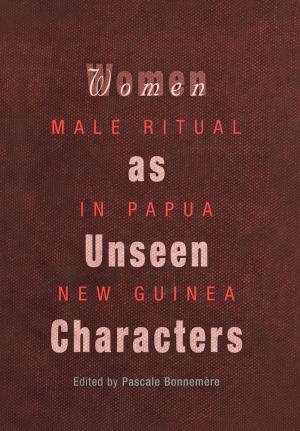The Impact of Music, Dance, and Theater from the Harlem Renaissance
Nonfiction, Social & Cultural Studies, Political Science, Social Science| Author: | Troy Veenstra | ISBN: | 9781310430718 |
| Publisher: | Veenstra/Exploited Publishing Inc | Publication: | December 22, 2014 |
| Imprint: | Smashwords Edition | Language: | English |
| Author: | Troy Veenstra |
| ISBN: | 9781310430718 |
| Publisher: | Veenstra/Exploited Publishing Inc |
| Publication: | December 22, 2014 |
| Imprint: | Smashwords Edition |
| Language: | English |
In the late 1880s, blacks began to emerge as professionals in many areas including scientific research, and artistic achievement. By the 1900s, many had become intellectuals, scientist, poets, artist, and musicians. Some of the more illuminating of these intellectuals lived or migrated to Harlem where there was a desire to both defend and endorse the talents and worth’s of blacks and their culture.
This migration north was the main motive behind the rise in the black middle class. There was also an adjustment in attitude toward assimilating into white American culture. Large gatherings of blacks who had moved from the South lured by prospects in teaching and the arts soon found that they were the last hired, but also the first fired and found jobs were hard to come by.
Along with them came their musical traditions of the blues and spirituals. This tradition was deeply rooted into their African heritage that it provided a source of enjoyment for many during those lean times.
By 1918, the melting pot of southern blacks deeply rooted in the traditions of Jazz and blues, mixed with the more educated northern blacks to create an atmosphere of artistic and intellectual growth never before seen in America. This brought with it the Harlem Renaissance (Hilliard, 2014).
In the late 1880s, blacks began to emerge as professionals in many areas including scientific research, and artistic achievement. By the 1900s, many had become intellectuals, scientist, poets, artist, and musicians. Some of the more illuminating of these intellectuals lived or migrated to Harlem where there was a desire to both defend and endorse the talents and worth’s of blacks and their culture.
This migration north was the main motive behind the rise in the black middle class. There was also an adjustment in attitude toward assimilating into white American culture. Large gatherings of blacks who had moved from the South lured by prospects in teaching and the arts soon found that they were the last hired, but also the first fired and found jobs were hard to come by.
Along with them came their musical traditions of the blues and spirituals. This tradition was deeply rooted into their African heritage that it provided a source of enjoyment for many during those lean times.
By 1918, the melting pot of southern blacks deeply rooted in the traditions of Jazz and blues, mixed with the more educated northern blacks to create an atmosphere of artistic and intellectual growth never before seen in America. This brought with it the Harlem Renaissance (Hilliard, 2014).















